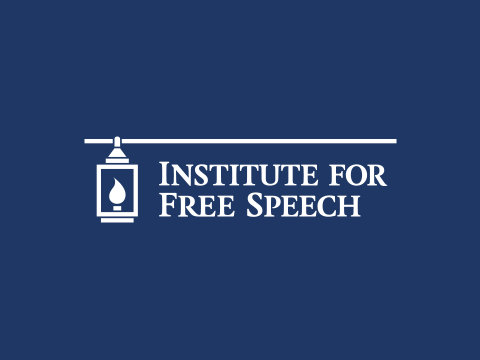“It’s chaos out there.” That’s how Jonathan Rauch, Senior Fellow in Governance Studies at the Brookings Institution, describes the state of politics today. Rauch and Raymond J. La Raja, Associate Professor of Political Science at the University of Massachusetts, Amherst and a CCP Academic Advisor, believe that freeing state parties to play a more active role in supporting candidates and organizing voters can centralize an increasingly polarized politics and promote long-term voter engagement, shifting to a system that’s less dependent on the popularity of individual candidates.
La Raja and Rauch spoke at a Brookings Institution panel on Tuesday, March 8, where they presented the results of their study of the function and perspectives of modern state parties, informed by a survey of 56 Democratic and Republican state parties and interviews with 15 state-party leaders. They spoke alongside other experts on state political parties – Brookings Senior Fellow Elaine Kamarck, who moderated the event, South Carolina Democratic Party Executive Director Jason Perkey, Chief Counsel for the Republican National Committee John Phillippe, and The American Prospect Senior Editor Eliza Newlin Carney.
La Raja and Rauch make a compelling case for lifting restrictions on state parties. Party leaders they interviewed – buttressed by the experiences Perkey and Phillippe shared at the event – repeatedly expressed frustration that state parties are forced to comply with complicated federal laws and are heavily restricted in what funds they can use to pay for many core grassroots political activities, such as telling citizens when or where to vote, coordinating TV ad spending with candidates, or organizing get-out-the-vote campaigns that name specific candidates.
While media caricatures of the Federal Election Commission often portray the agency as toothless, state parties clearly disagree. State party leaders said they “stay in their lane” and generally avoid any activity covered by federal regulations. Perkey said that, as a result of these federal regulations, state parties had essentially been reduced to two primary roles: storing voter data for their candidates, and paying for mailers. “The last thing you want is to get bopped by the FEC” for using state funds to pay for federally-regulated activity, he explained.
Phillippe noted that these restrictions do not keep money out of the political process, but simply divert it to other avenues, mainly independent super PACs and politically-active nonprofits. La Raja and Rauch believe that money cannot be kept out of the political system, so it is best to direct it towards political parties – rather than independent groups – because parties share “dual accountability” with their candidates. Parties have durable brands and build large coalitions to achieve majorities in legislatures, whereas independent groups can come and go with individual election cycles and candidates.
Undoubtedly, concerns that parties are disadvantaged relative to independent groups have been a driver of efforts to increase contribution limits to parties and candidates, and surely these groups should be on even footing. But in many ways a preference for parties over independent groups seems to be just that: a preference. It may be better for politics to be centralized rather than polarized, or for political actors to be partisan (Republican or Democratic) rather than ideological (conservative or liberal), or for voters to identify more closely with parties than with individual candidates, but it is not obviously so.
Building the argument for freer parties around a critique of independent groups soothes money-in-politics skeptics, but it could lead to calls for new restrictions on all kinds of political groups if party restrictions are lifted and super PACs continue to play a role in campaigns. The problem of overregulated state parties should not be defined as a problem of political chaos, but as one of insufficient political freedom that in turn leads to reduced participation. After all, when millions of people are free to speak and organize however they want, some chaos is to be expected.
That said, federal regulations restricting state parties should be lifted, as should state and federal contribution limit laws. State parties should be able to support their candidates with coordinated advertising, get-out-the-vote campaigns, and direct outreach to voters informing them of the time and place of elections. Indeed, many Americans likely assume those are parties’ core functions and would be shocked to discover that federal restrictions against such activities exist.
But the benefits of free independent speech should not be swept under the rug. For individuals and groups who do not find a home in political parties, an alternative method of pooling funds, paying for ads, and supporting the candidates and policies of their choice is essential.
It’s encouraging to see left-leaning organizations like the Brookings Institution (and previously the Brennan Center) take a hard look at campaign finance regulations imposed on political parties. It’s also clear that moving beyond reform groups’ simplistic “follow the money” rubric will be a difficult process. The relative balance of power between parties and independent groups is a worthy topic of political science research, but it shouldn’t determine the degree of freedom we afford to each.
That duty belongs to the First Amendment.












